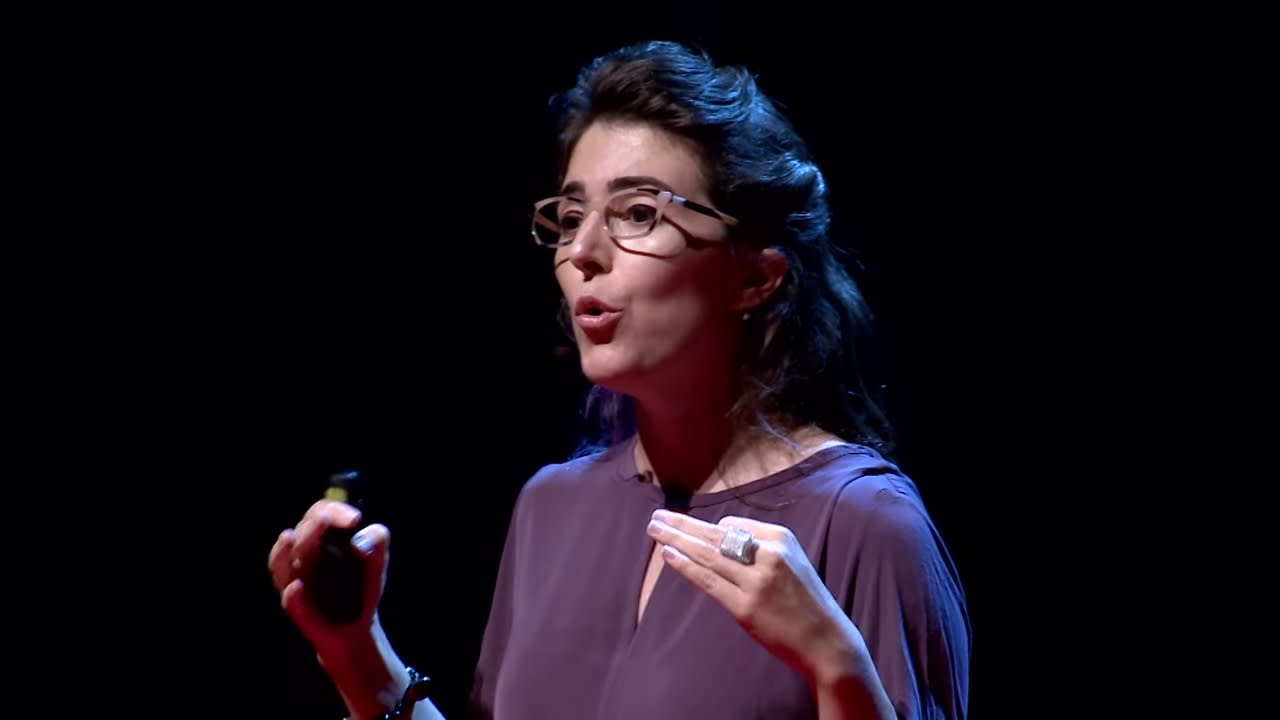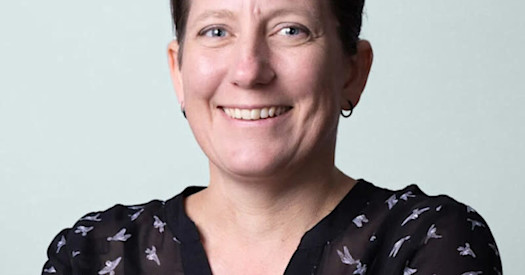 Irene Gallego Romero: 'We (AVE Alliance) have the potential to be equalizers. And ensure personalized medicine doesn’t leave anyone behind.' Photo from TEDxNTU
Irene Gallego Romero: 'We (AVE Alliance) have the potential to be equalizers. And ensure personalized medicine doesn’t leave anyone behind.' Photo from TEDxNTU
Inspiration for one’s career comes from different sources: an influential instructor in primary or secondary school; visiting a different country and culture at an impressionable age; or a sudden, unexpected event that triggers fascination and curiosity.
For Dr. Irene Gallego Romero, then 8-years-old living in Spain, it was a PBS-style television series, “Once Upon a Time…. Life,” an engaging program, in which cartoon characters explain the fundamentals of biology. The 26 episodes covered everything from bone marrow to the brain to hormones.
It’s a safe bet she was glued to her parents’ television for episode 1, “The Cell Planet.” She likely heard the narrator saying: “Every living thing is composed of cells. The human body has 60 thousand, thousand million of them…. each one an independent living organism which breaths, produces energy, feeds itself, and reproduces itself.”
“The show introduced me to science and cells, and I have loved DNA ever since,” said Gallego Romero, 39, the newest member of the executive committee for the Atlas of Variant Effects Alliance, the consortium created by BBI in 2020, which now has more than 500 members from over 36 nations.
BBI’s Dr. Doug Fowler believes Gallego Romero is a “vital force” for the alliance.
“Dr. Gallego Romero is highly accomplished and talented scientist, and I particularly value her perspective on human evolution and genetic diversity,” said Fowler, who also serves on the executive committee. “She is leading several key initiatives.”
She serves as co-chair of the alliance’s Outreach, Diversity, and Inclusion Committee.
Spend just a few minutes with Gallego Romero and it is likely the conversation will transition to diversity – or lack thereof – in research globally.
“The lack of diversity in human genomic datasets limits even the questions we can ask about genetic diseases,” she said. “It’s only when we start to explore a greater breadth of human populations can we even begin to understand the ways natural selection and evolutionary change have shaped us as a species.”
In April, she published a commentary, “Seeing humans through an evolutionary lens,” in the journal Science. Gallego Romero made a compelling case that the interpretation of data from genome sequencing is vital to our understanding of the human species.
“One of the foundational aims of human genetics is understanding the genetic causes of human traits, with a particular focus on disease,” she wrote. “Two decades after the publication of the reference human genome sequence, and hundreds of thousands of sequenced individuals later, this challenge has shifted from one of data generation to one of data interpretation. And it is a challenge indeed. Increasingly powerful approaches have consistently revealed that the human genome, and the human animal, are far more complicated than initially foreseen.”
Gallego Romero elaborates on the myriad of ill-informed assumptions some in the scientific community made in the 2000’s, after the first human genome was sequenced in 2003.
“We assumed 20 years ago that, ‘there are 26 genes responsible for this or that trait, and we will find them in a couple of years,’” she said. “Our assumptions of how function arose from the genome, how biology arises from the genome, were extremely naïve. There was this expectation it would be easy to understand it. The reality is that cells are complicated tremendously, they are interdependent machines.”
Gallego Romero’s fascination with population genetics and functional genomics led her to University of Chicago for her undergraduate work in biological sciences with a specialization in genetics, then to the University of Cambridge, where she completed her Ph.D. in biological anthropology in 2010. Her eight-page curriculum vitae is replete with awards, oral presentations, service experience, and, of course, numerous papers in peer-reviewed journals, including Nature, Science, and the European Journal of Human Genetics. Moreover, she is included in “The Human Revolution,” a documentary produced by the Australian Broadcasting Corporation.
In August, she joined St. Vincent’s Institute of Medical Research in Melbourne as a principal research fellow, after serving six years as a senior lecturer in systems genomics at the University of Melbourne. Gallego Romero continues to serve as a part-time associate professor at the University of Tartu in Estonia.
It was during her work at the University of Melbourne that she met Dr. Alan Rubin, a senior research officer at WEHI, a medical research institute in Australia. Rubin, who completed his Ph.D. at the University of Washington, introduced Gallego Romero to members of the AVE Alliance. He also serves on the alliance’s executive committee.
What does Gallego Romero hope to contribute to the alliance?
“We all are seeking to fill gaps in data regarding variants,” she said. “Everyone has a chance to benefit from the diversity of our research. We have the potential to be equalizers. And ensure personalized medicine doesn’t leave anyone behind.”


